On November 11th, 2024, I had meetings all day long. At the moment, I'm sitting in the lobby on the first floor of Pullman Wuxi, waiting for another meeting, a dinner gathering and a symposium in the evening.
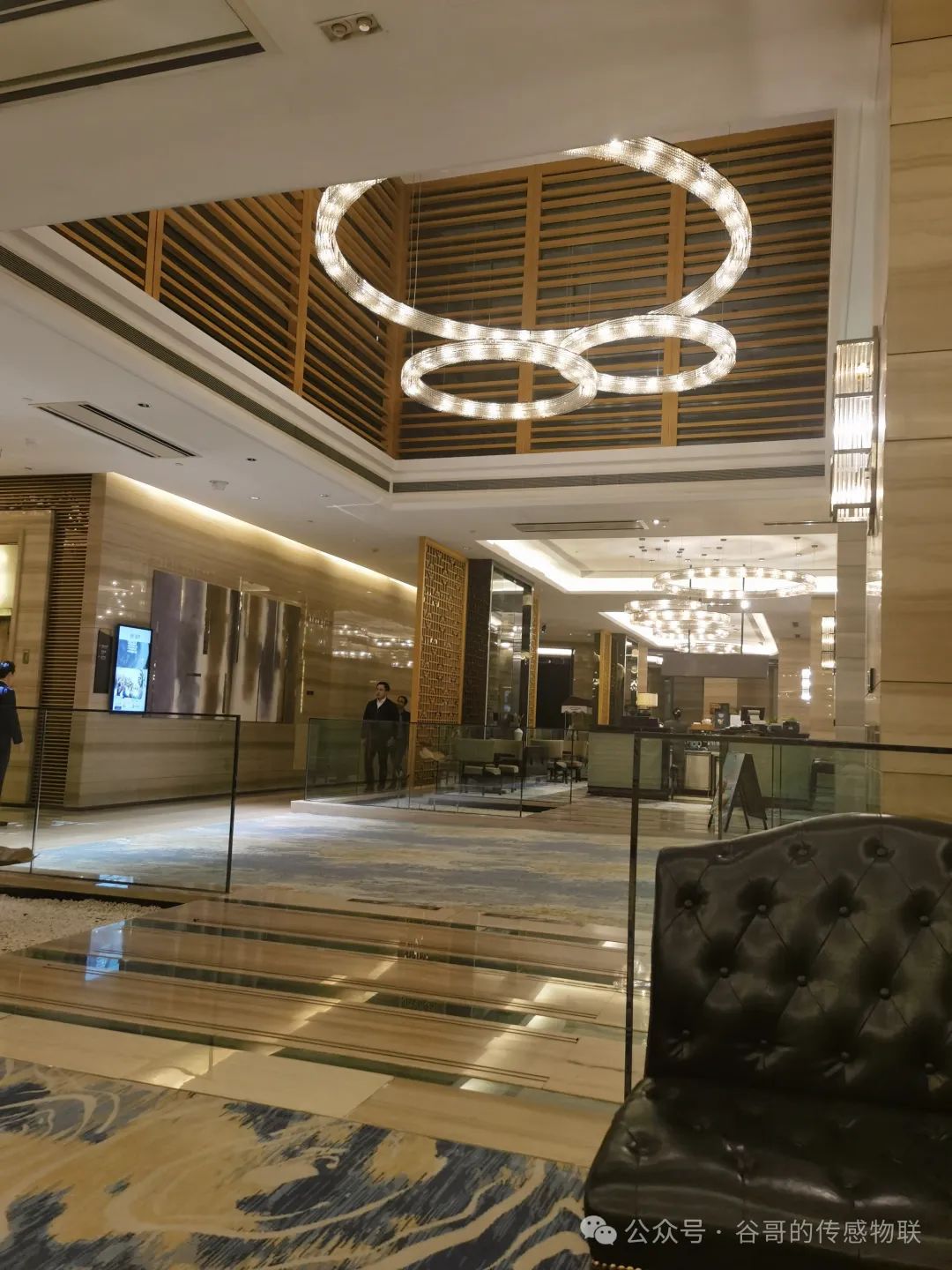
In the morning, I participated in the Wuxi World Internet of Things Congress. This is an annual grand event of the Internet of Things in Wuxi and has been held for fifteen sessions already. There were more than 1,000 participants in the congress. It was magnificent with dazzling visuals and had over ten academicians and a large number of experts. This year, it was held in the newly completed Wuxi Convention Center. I have attended the Wuxi conference many times. I found that the level of this year's conference seems to be getting lower and lower, and the content is also becoming less rich and precise. Maybe the evaluation criteria of the government are different from those of the industry!
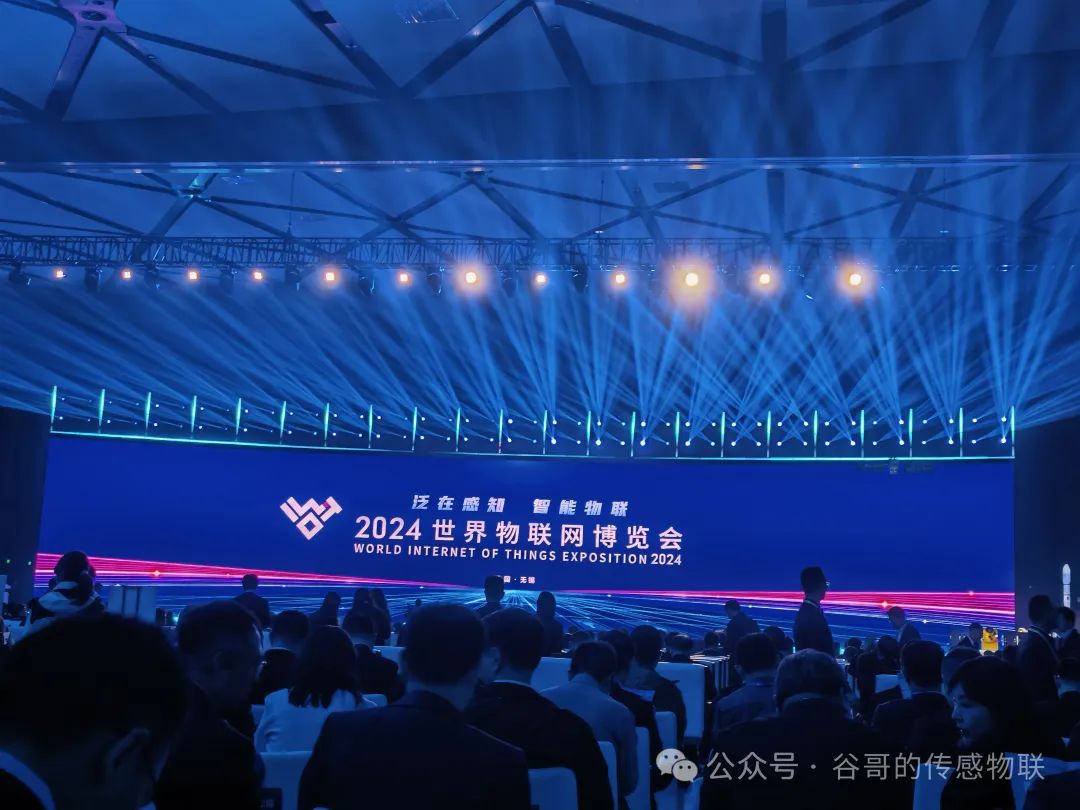
The government has spent money and energy on holding the conference. What exactly is regarded as the criterion for success is actually a very important question. After all, the money spent by the government comes from taxpayers. Can the conference be organized from the perspective of the industry? Especially for exhibitions, we should always consider whether the exhibition can bring benefits to enterprises, promote the technological improvement of enterprises, facilitate the mutual cooperation between upstream and downstream enterprises, and improve the technological and application levels of China's sensor Internet of Things in the global field when planning, designing and constructing. In this way, more and more enterprises will participate in the conference, and the spillover benefits of the exhibition will become greater and wider. This is the expectation of an IoT professional for Wuxi, the "holy land" of IoT in China.
Look at some of my feelings after participating in the exhibition in Wuxi last year. It's the same this year.
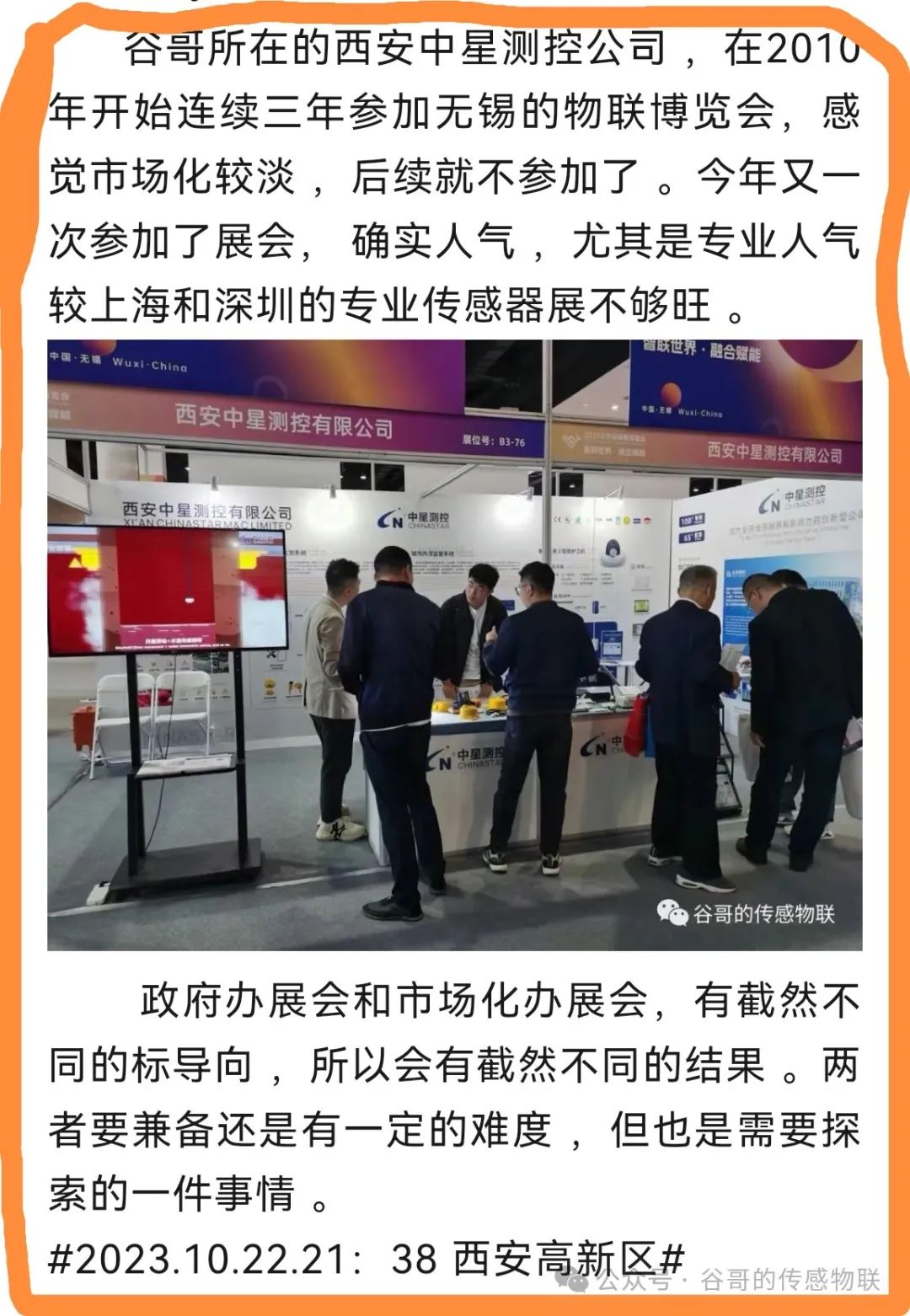
(Attending the conference was really tiring. I suddenly felt a bit dizzy. I stopped writing and walked out of the hotel to take a stroll and cheer myself up.)
#17:08 on November 11th, 2024, Pullman Wuxi#
I left Wuxi Hubin Hotel early this morning and rushed to the airport to go to Zhuhai to participate in the 15th China International Aviation & Aerospace Exhibition.

I arrived at Shenzhen Airport a little after 12 noon. Then I took a taxi and passed through the Shenzhen-Zhongshan Tunnel Bridge Corridor, which was just opened to traffic this year, for the first time. I experienced this huge project. Recalling that ten years ago, when going from Shenzhen to Zhuhai, I had to take a ferry in Shekou. But now it only takes dozens of minutes to get there.
China's bridge and tunnel construction level is really far ahead. Just think about how many sensors are needed to ensure the safety of these projects. There are stress and strain sensors, smoke sensors, temperature and humidity sensors, and infrared sensors in the tunnel. There are temperature and humidity environment sensors, wind speed and direction sensors on the bridge surface, and stress, strain and vibration sensors for cable-stayed bridges. Every major project cannot do without various sensors and their integration solutions to solve the problems of early warning and maintenance. Sensors are everywhere.
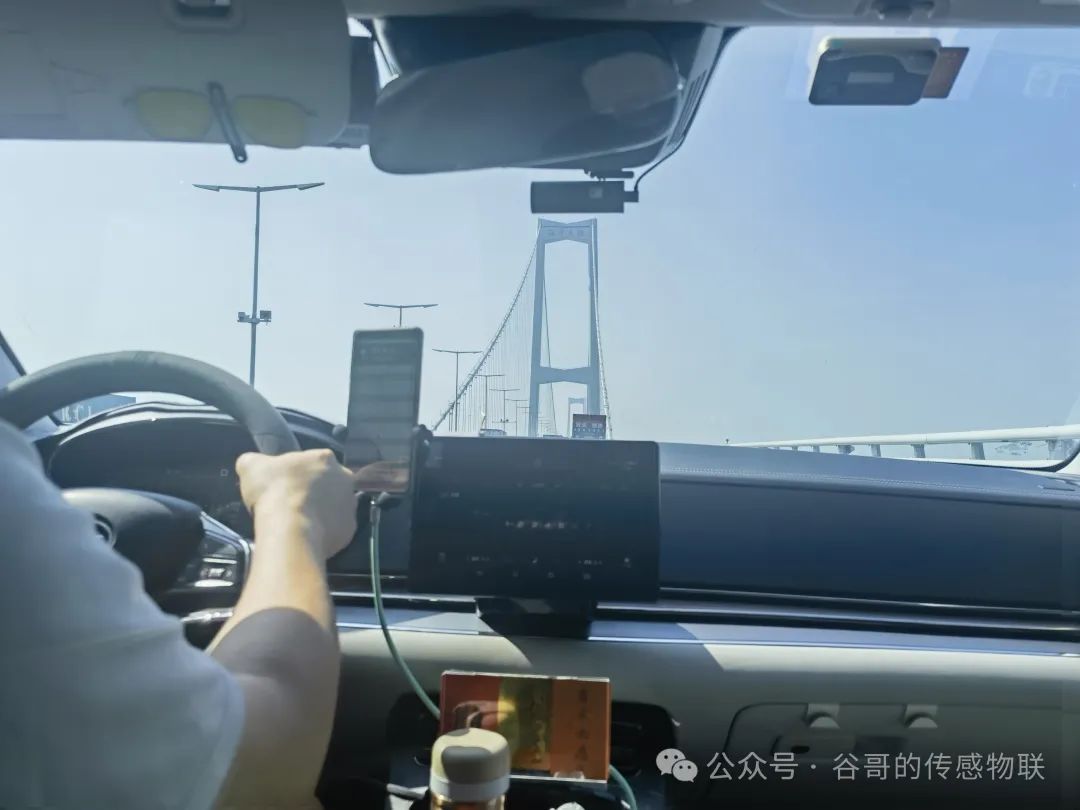
At the Smart Sensor Conference yesterday afternoon, I listened to the frontier technologies of the wide application and packaging process of MEMS sensors by my old friend, the newly elected Academician Liu Sheng.
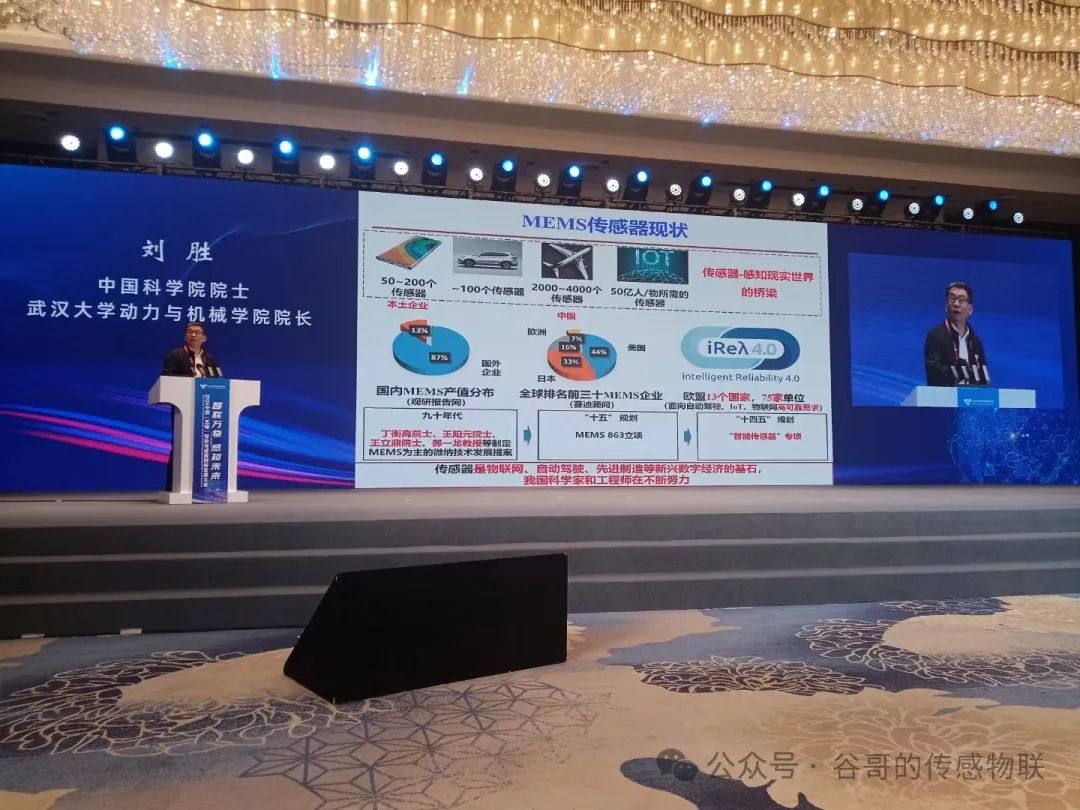
There are 100 to 200 sensors in a mobile phone, about 100 in a car, and 2,000 to 4,000 in an airplane. How many do we need for 5 billion people? You can just imagine.
Sensors are the bridge to perceive the real world. Since returning to China, Academician Liu Sheng has been engaged in the research and development of MEMS sensors. Among them, the pressure sensor is the main research direction, and he focuses on various sensors in the automotive field. I believe that the Chinese people will surely be able to produce pressure sensors suitable for the high reliability requirements of automobiles. He not only engages in research and development but also starts his own enterprise and is personally involved, making great efforts to contribute to the development of China's MEMS sensors.
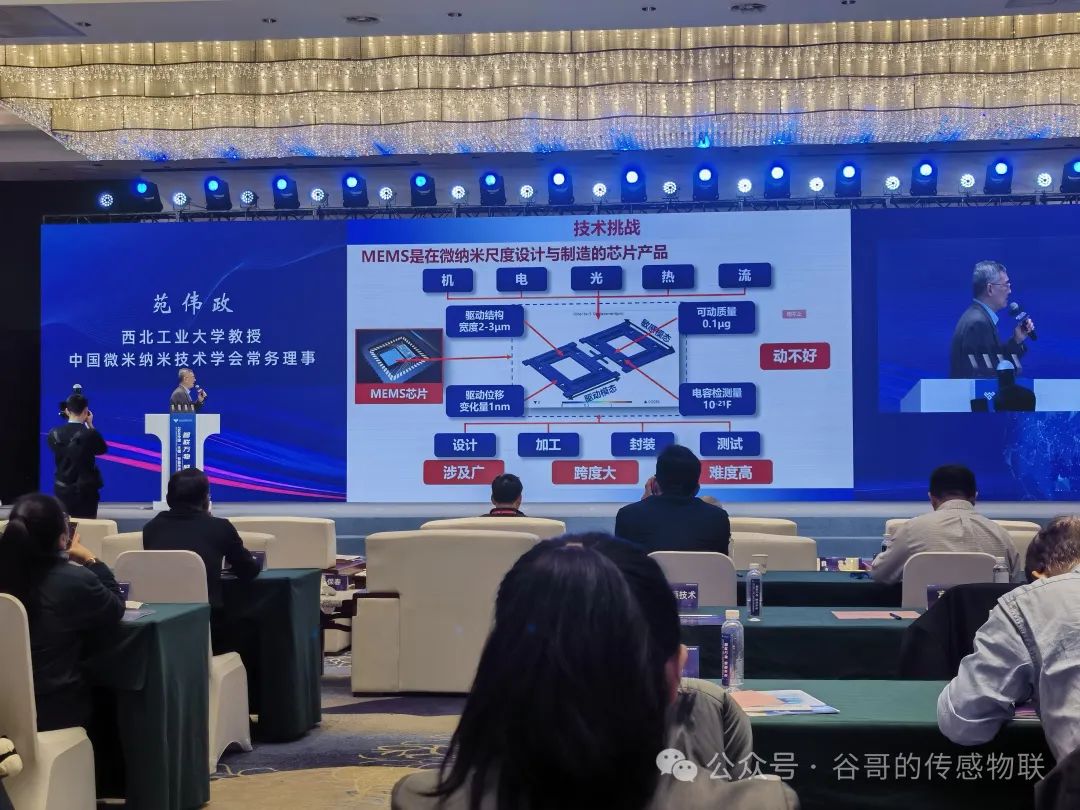
Professor Yuan Weizheng, the former dean of the School of Mechanical and Electrical Engineering at Northwestern Polytechnical University, an old friend who seldom gives speeches outside, was also invited to give a speech on some typical applications of sensors in the fields of aerospace, aviation and navigation. He mainly introduced some applications of MEMS inertial sensors, gyroscopes, acceleration sensors, pressure sensors and skins in Chinese aviation by Northwestern Polytechnical University.
One of his remarks should arouse the thinking of both the academic and industrial circles. In the past nearly 30 years of MEMS technology in China, "What can be done and is being done by everyone; what cannot be done is not done by anyone. However, Northwestern Polytechnical University has indeed done some sensors that most people cannot do and are needed by the defense industry." Shouldn't we give a big thumbs up to Professor Yuan's words?
It was a hasty trip to Wuxi. I met many old friends, got to know quite a few new friends, and learned some useful new information.
#16:28 on November 12th, 2024, Hyatt Regency Hengqin Zhuhai#

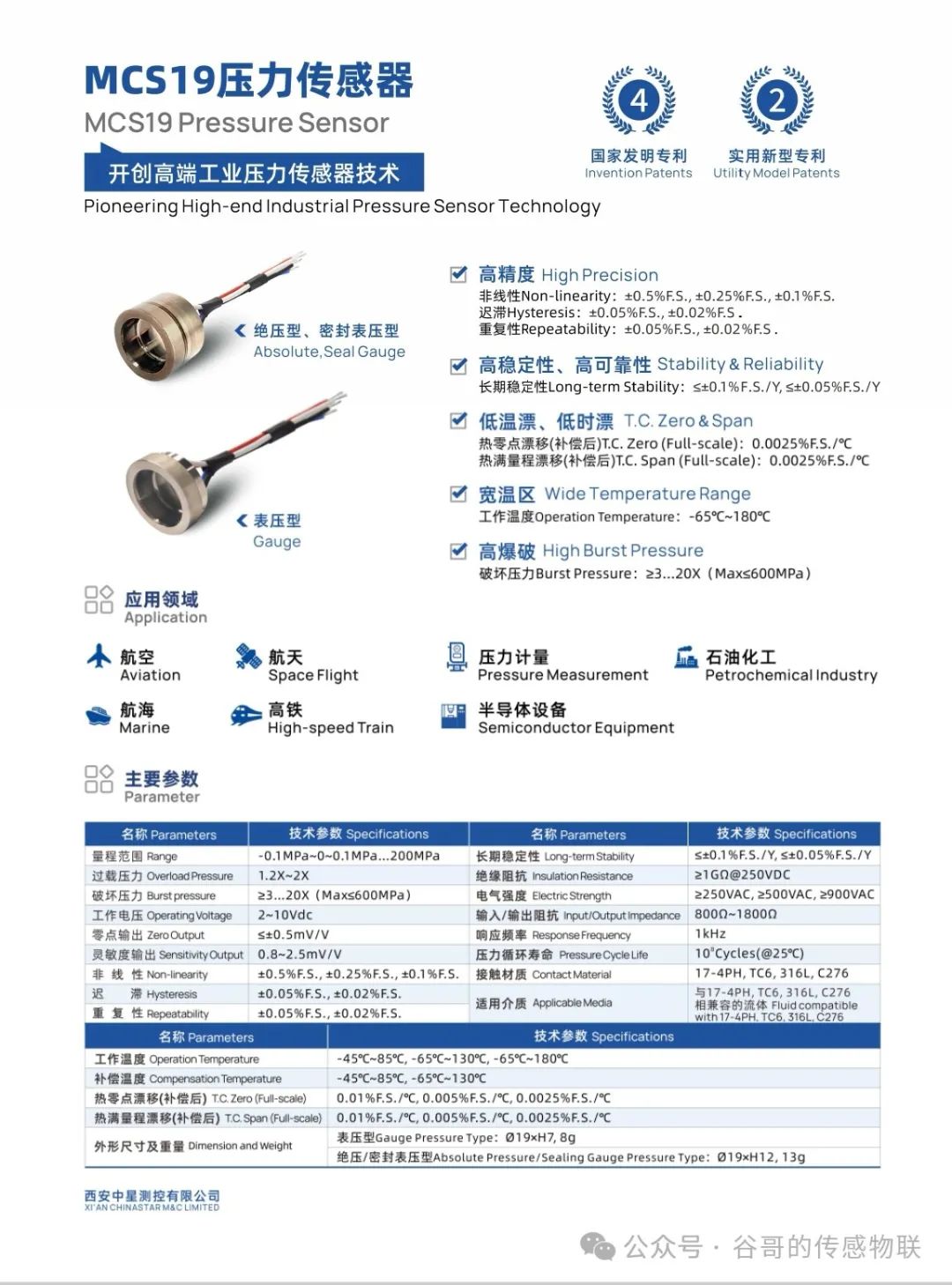
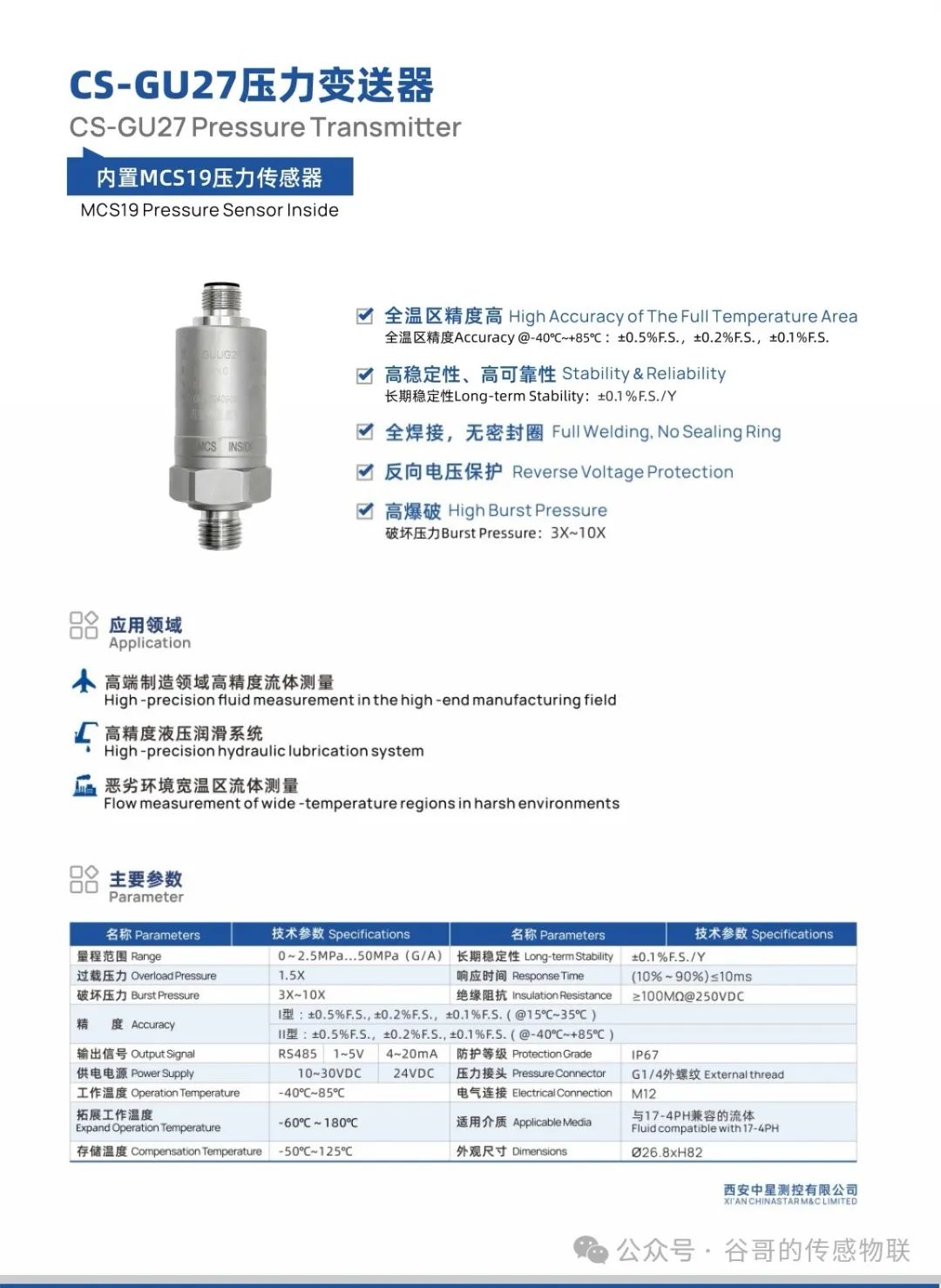






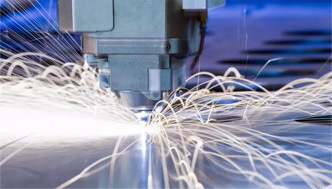




 Release Date:2024-11-13
Release Date:2024-11-13  Click on the quantity:1542
Click on the quantity:1542



